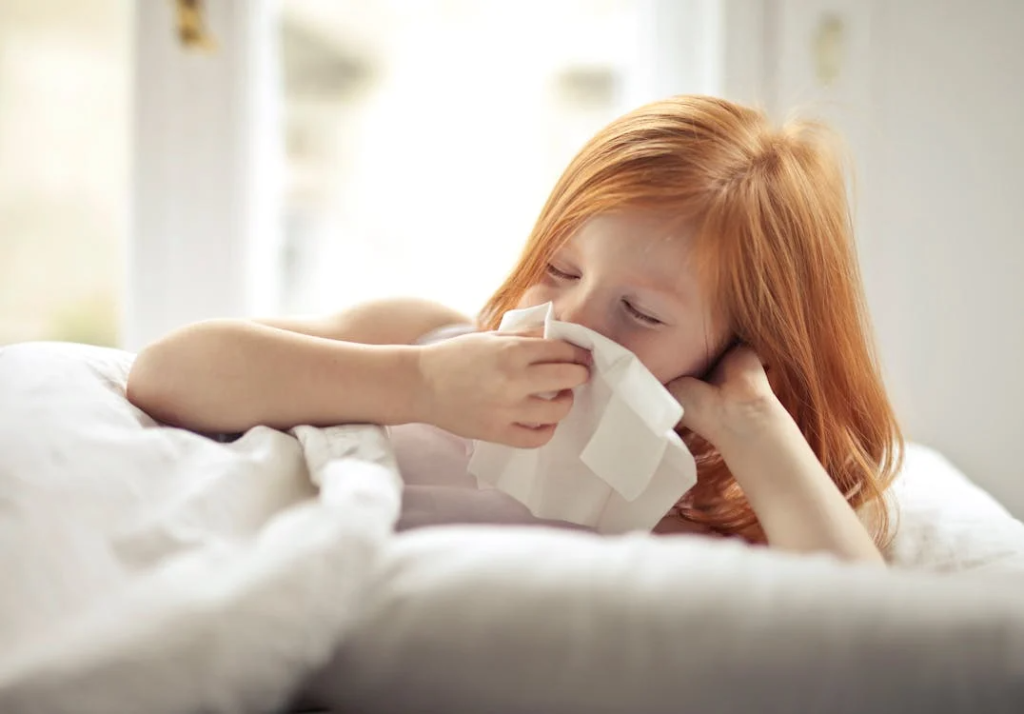Indoor allergens can be tough to manage, especially when children and pets are part of the household. From dust mites and mold to pet dander, these triggers can build up in surprising ways, affecting both comfort and health. Kids are particularly sensitive to allergens due to their developing immune systems, while pets can carry additional irritants like pollen and outdoor dust inside the home. Creating a cleaner, healthier environment does not require harsh chemicals or complicated routines. With simple habits, smart cleaning choices, and a focus on fresh air, you can enjoy the combined clean air and window health benefits that make a noticeable difference for your family.
Why Indoor Air Quality Matters
The quality of your indoor air has a direct impact on well-being. When windows are dirty or closed for long periods, pollutants tend to build up. Dust, pollen, and pet dander can remain trapped inside, creating a cycle of irritation.
Natural light is another hidden ally. Clean windows allow sunlight to enter, helping to dry out damp areas where mold thrives. Combining sunlight exposure with proper airflow can significantly reduce indoor allergens. For families interested in eco-friendly practices, maintaining a sustainable home can include regular cleaning with non-toxic solutions and materials that reduce allergen accumulation.
Indoor air quality is often two to five times worse than outdoor air, which is why a simple step like opening windows on a low-pollen day can dramatically reduce airborne allergy triggers. This makes regular window cleaning an essential part of a healthy home routine.
The Rise of Allergies and Asthma

Asthma and allergies are becoming more common, and environmental exposures are partly to blame. Studies show that common indoor allergens can aggravate asthma symptoms, especially in children. Reducing these triggers requires a multi-faceted approach that blends education, consistent cleaning, HEPA filtration, pest control, and ongoing maintenance. These combined efforts are far more effective than any single solution.
Identifying Allergy Triggers in the Home
To improve air quality, start by recognizing allergy triggers in the home. Dust mites are a common issue in bedding, upholstery, and carpets. Mold grows in damp corners or around windows that collect condensation. Pet dander can settle on furniture, floors, and curtains, causing lingering irritation.
Learning how to remove allergens from home involves identifying these sources and tackling them methodically. Vacuuming with a HEPA filter is a smart way to capture tiny particles that cause sneezing and congestion. Damp dusting surfaces rather than using dry cloths prevents allergens from becoming airborne.
Another overlooked factor is window coverings. Curtains and blinds can harbor dust and pet dander. Washing them regularly or replacing them with easy-to-clean alternatives helps control dust and dander. In many cases, clean windows not only improve the look of your home but also contribute to overall clean window health benefits by minimizing areas where allergens collect.
Safe Cleaning Practices
When it comes to cleaning, harsh chemicals often do more harm than good. They can irritate sensitive airways and add unnecessary toxins to the indoor environment. Instead, rely on natural cleaning solutions like vinegar, baking soda, and warm water to disinfect and deodorize surfaces. Microfiber cloths are excellent for capturing dust without spreading it around.
Routine cleaning of floors and surfaces is critical for reducing allergens in the home. Carpets, rugs, and pet bedding should be washed or vacuumed at least once a week. Vacuuming with a machine that has a HEPA filter traps dust and airborne allergy triggers rather than pushing them back into the air.
For windows, streak-free cleaning methods help remove both dirt and allergens. If you are unsure how to get a thorough clean, consider reaching out to window cleaning experts. Professionals can ensure that windows and screens are free from dust and grime, which supports healthier indoor air without resorting to harsh solutions.
Smart Airflow and Filtration
Fresh air circulation is key to allergen control. Whenever outdoor air quality allows, open windows to replace stale air with fresh air. This improves oxygen flow and reduces the buildup of allergens. However, during peak pollen seasons, it is better to keep windows closed and rely on air conditioning with clean filters to remove allergens from the air.
Portable air purifiers with HEPA filters are especially effective in bedrooms and living rooms. These units continuously trap allergens and reduce the overall particle count in the air. For larger homes, HVAC systems with upgraded filters can help maintain cleaner air throughout. Regular filter replacements are a simple but crucial part of getting rid of allergens in the home.
When paired with routine cleaning, proper ventilation creates a healthier environment for both kids and pets. Clean windows play a role here too, as they allow for balanced airflow while blocking outdoor dust and pollen from settling inside.
Pet-Friendly Allergen Reduction

Pets bring love, joy, and unfortunately, a fair amount of dander. Managing dust and dander starts with establishing pet-free zones, particularly in bedrooms where children spend the most time. Regular grooming and bathing can significantly reduce the spread of pet allergens. Wiping paws after walks prevents outdoor pollen and dust from entering your home.
Pet bedding, blankets, and toys should be washed weekly in hot water. Vacuuming floors and furniture where pets sleep helps remove allergens from home more effectively. For households seeking tech solutions, smart air purifiers and robotic vacuums can complement these efforts. To learn more about these options, check out this high-tech house feature.
Even with consistent cleaning, pet allergens can linger in the air for hours. That is why combining grooming habits with HEPA air filters and frequent window cleaning creates a stronger defense against airborne allergy triggers.
Final Thoughts
Reducing allergens in your home does not have to mean using harsh chemicals or expensive treatments. By reducing allergens in the home through thoughtful cleaning, proper airflow, and smart window maintenance, you can create a healthier living environment for kids and pets alike. Taking advantage of clean air and window health benefits can help in both comfort and long-term well-being.
For more ideas on creating a healthier home, explore our exclusive household tips.





















